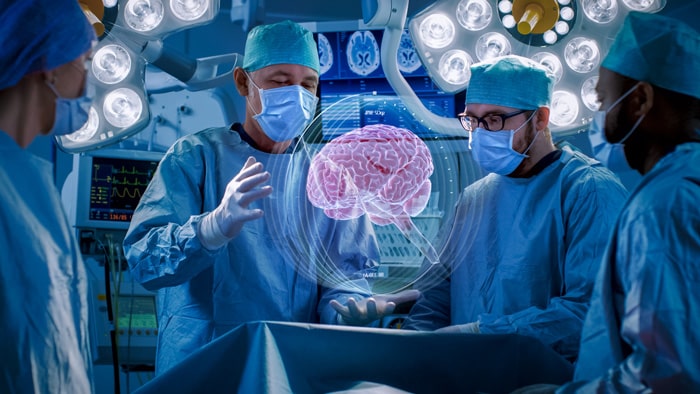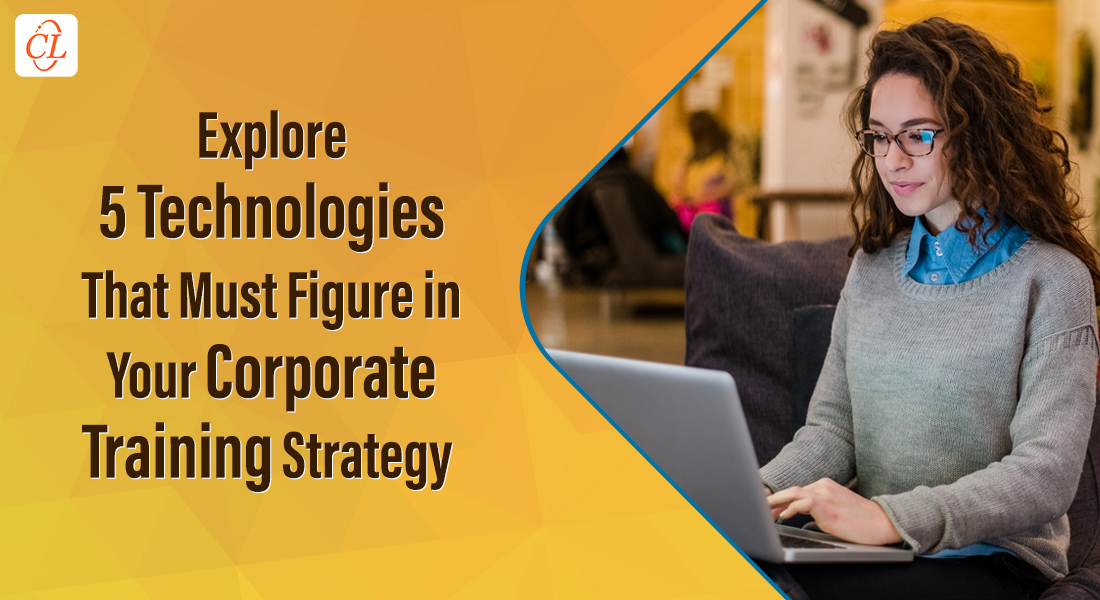A Guide to Embracing Immersive Training Methodologies to Engage Online Learners

Do you find it daunting to engage employees during online training sessions? Do your employees leave the course midway? Or worse, do they see online training as a punishment? Then maybe now is the time to bid adieu to your old training techniques and welcome a new-age training methodology – immersive learning. See how thrilled your learners will be at the idea of attending online training sessions once you incorporate immersive learning in your training courses.
Know About the Ways to Encourage Continuous Learning Through Online Training Sessions.
While traditional classroom-based training has many advantages of its own, immersive technologies offer learners a participatory environment with a lot of scope for more inclusive learning. Using this methodology, L&D managers will be able to deliver a successful learning experience for all learners. With the digital environment accurately replicating real-life work scenarios, employees can perfect their skills before facing real-life business challenges.
Popular Immersive Online Learning Techniques
Use:
Simulations: to mimic dealing with the real world in a safe zone
Scenarios: to help learners explore the consequences of their decisions
Virtual Reality and Augmented Reality: to make training effective by replicating and augmenting the real-world
As learners understand the context in which they will be using the skills, they begin to appreciate the value of the training. This learning methodology helps greatly with learners:
- Engaging with the course
- Improving their skills faster
- Becoming job-ready
- Increasing their confidence
Popular Immersive Online Learning Technologies
In a bid to offer learners experiential learning, trainers try to replicate real-life situations using new-age digital technologies that include simulations, scenarios, augmented reality (AR), virtual reality (VR), and mixed reality, among others. Immersing learners in an artificial learning environment helps them experience the real-world use of the skills they are learning.
Let’s now look at different types of immersive technologies that offer unique learner experiences.
1. Simulations
Simulations help learners improve their skills and workplace performance by providing an environment that closely mimics the real world. Learners tend to retain knowledge better when they work on the actual tool/software in a safe environment. The risk-free environment and immediate feedback are added advantages. While the former eliminates the fear of failure, the latter helps them work on shortcomings.
2. Scenarios
Scenarios in e-learning help learn and reflect on the experience while working. A popular immersive learning technique, they have proven to be very effective as they keep learners engaged with the content. Scenarios can be created in online training with animated characters, short stories, quizzes, games, and audio-visual elements. Not only do these engage learners but also help them grasp the information faster.
For instance, a scenario of how work-related risks can be averted in high-risk jobs can be very effectively used to increase learners’ awareness. Animated characters and their choices make the training more engaging for the learner as compared to passive learning. Authoring tools such as iSpring, Elucidit, BranchTrack, and Twine offer a variety of features to enhance learners’ experience.
3. Virtual Reality (VR)
Although virtual reality is not new, its use for corporate training is a relatively recent development. By fully immersing learners in an alternative digital space that replicates the real world, VR completely shuts out the physical world around them.
L&D managers today are using opaque headsets from Oculus, Google, HTC, and Samsung, to offer employees a distraction-free eLearning environment for training. The headphones and hand controllers available with the device enable learners to navigate in the virtual world.
VR works best to train employees in safety procedures in case of emergency situations, or to train surgeons on new techniques.

The 3D models and simulated environments provide a safe experiential learning space, helping learners learn the procedures without any real risk and the fear of causing harm.
4. Augmented Reality (AR)
Unlike virtual reality, augmented reality doesn’t really shut down the physical world around us. Instead, it enhances the real-world view by fusing it with digital technology. From flat 2D shapes to complex 3D figures, AR can ‘augment’ learners’ experience manifold.
This technique of immersive training has applications in many fields such as sports broadcasts, route navigation, and gaming. Coming to eLearning, AR can be used to help learners quickly navigate through product warehouses and identify the items they are looking for. It saves them time and increases efficiency.

Employees can also be provided activities with clickables and 3D figures during training to keep them fully engaged.
Adobe Captivate, CenarioVR, and Xplorer are popular authoring tools that help L&D teams include AR in e-learning courses.
5. Mixed Reality
Mixed reality, a combination of augmented and virtual realities, uses elements from both to offer learners a much better learning experience by placing virtual objects in the real world. This technology can be used to explain complex concepts to learners through 3D simulations. The ‘learning by doing’ also helps increase learner engagement.

Microsoft HoloLens is one tool that helps boost productivity at manufacturing units, in the healthcare sector, and for training and educational purposes.
How Immersive Learning Experiences Benefit Employees
1. Hands-on Skills Training
Simulation-based courses are a good way to provide employees hands-on training. The experiential learning experience provides them the opportunity to learn by doing. Using virtual learning platforms, tons of study material can be turned into captivating content for employees’ consumption.
Additionally, it also allows the creation of simulations and real-life reflection of the situations faced at work. This helps create a sense of empowerment in employees as they apply their knowledge and gain experience while performing the task.
For instance, learners of a new software can learn about the software and the kind of problems they may encounter while working on it. They can also practice their skills and improve them in hands-on programming labs.
2. Fewer Distractions, Greater Absorption
Missteps and slip ups during work can cost employees their jobs and the organization its reputation. Hence employees must be able to apply the knowledge gained from training accurately in their job tasks. And that becomes possible when employees train in a distraction-free environment.
Immersive learning platforms provide learners a zero-distraction learning environment. Providing learners, the opportunity to use all their sensory organs captures their attention and facilitates greater knowledge retention. Because who doesn’t absorb a little more when there are no distractions, right?
3. Repetition – The First Principle of Learning
Immersive technology allows for the creation of high-impact training content. The courses are not only engaging but also challenging owing to the different practice modules available. The safe learning environment enables learners to practice their skills multiple times, learn from their mistakes, and gain mastery.
This repetition proves highly beneficial after training when they come across real-life business challenges. Additionally, immediate feedback serves to reinforce knowledge by correcting incorrect techniques.
Workers at manufacturing units, for instance, greatly benefit from simulation-based courses. Interacting with technology during training helps them practice safety procedures and manufacturing operations, thus preparing them both for the job and possible emergency situations.
Parting Thoughts
Workplace training offers employees an opportunity to learn new skills and excel at their roles. But engaging them during the sessions is a challenge for most L&D managers. However, immersive technologies have made this possible with new-age, cost-effective and efficient tools.
If you are keen on delving deeper into the benefits of immersive learning, don’t forget to check this wonderful eBook on how immersive learning can benefit your organization and employees.





